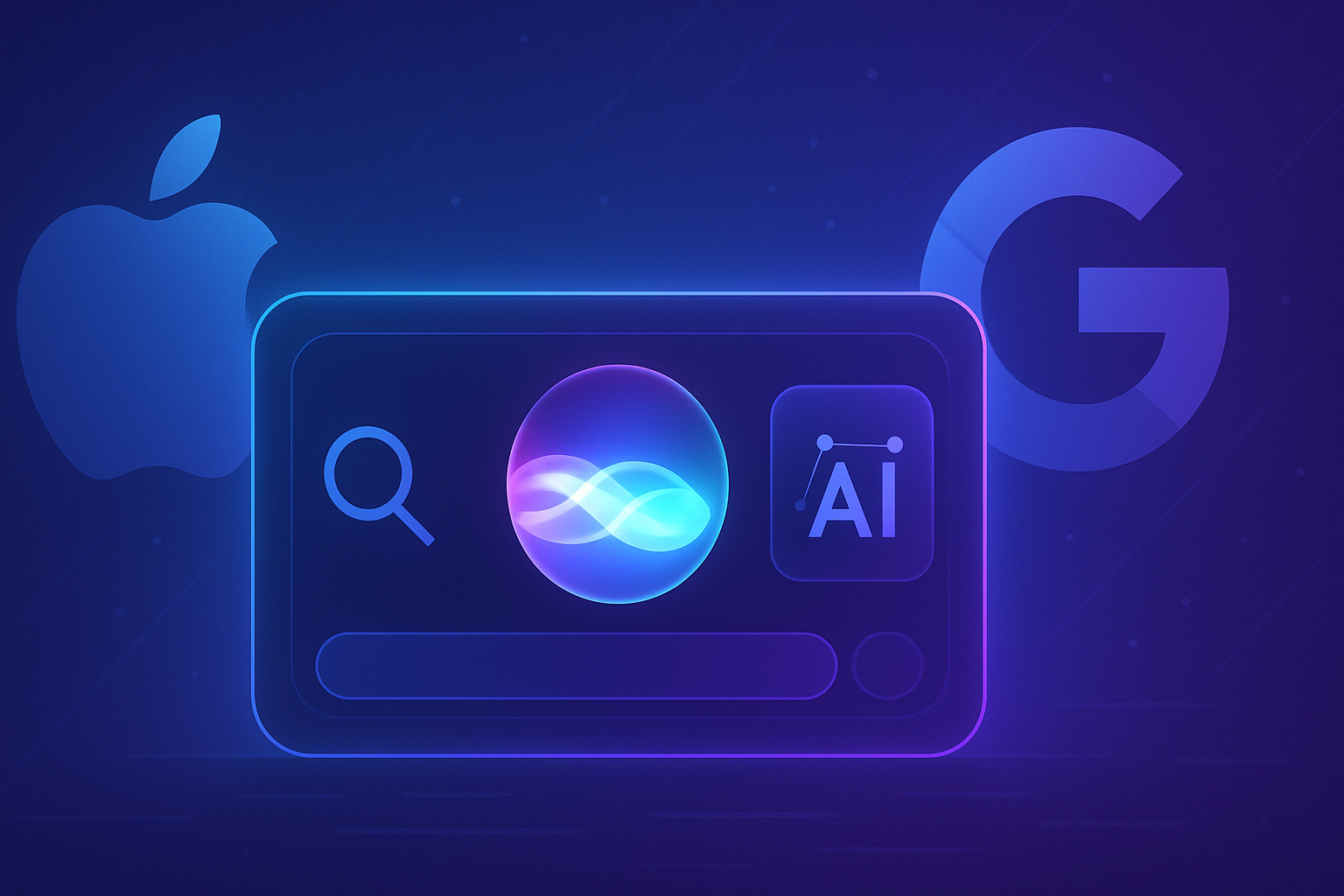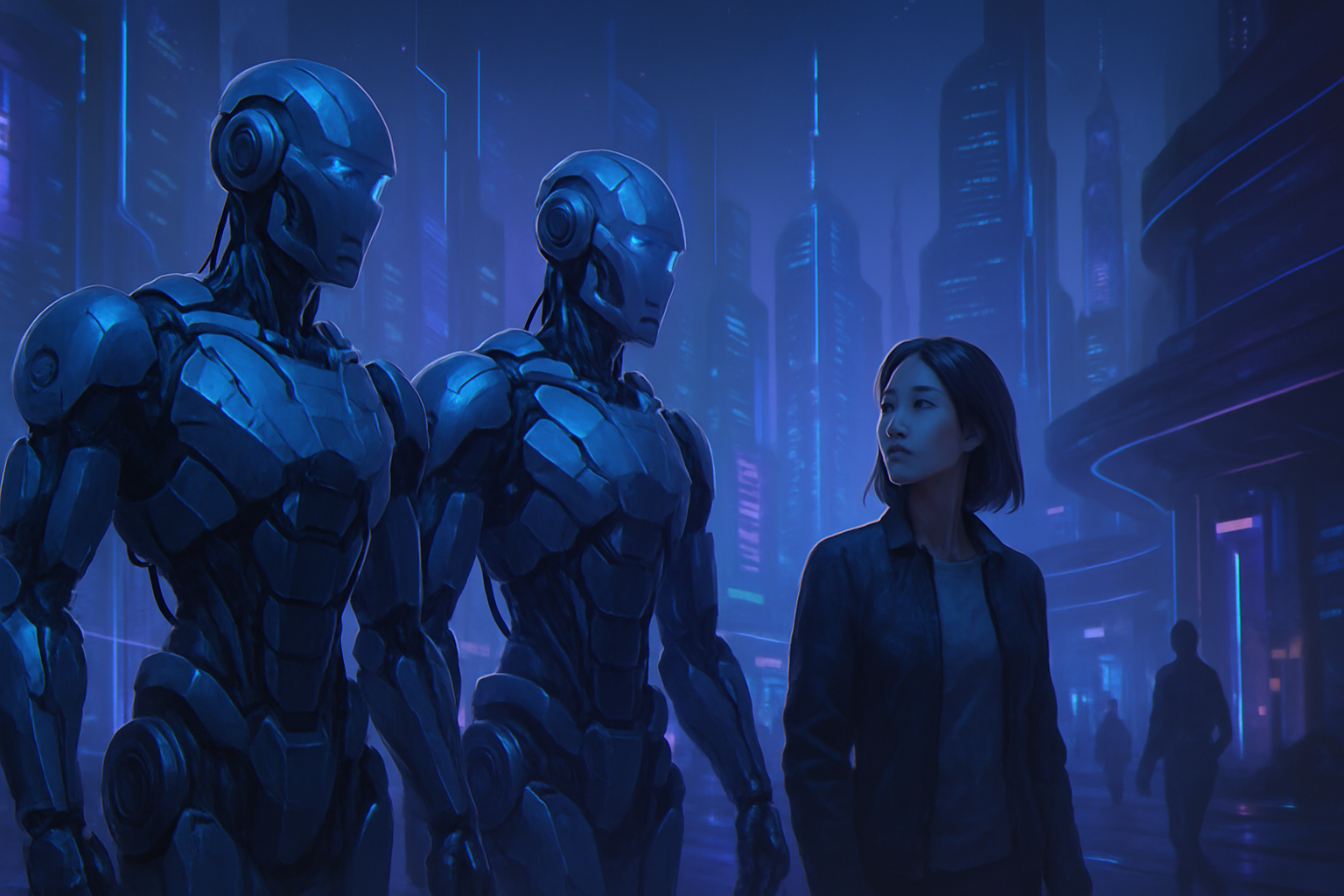The use of AI-generated images raises increasingly pressing issues regarding ethics and misinformation. The Italian opposition, concerned about condemning these practices, recently filed a complaint against the party of Deputy Prime Minister Matteo Salvini. The controversy concerns images deemed racist, Islamophobic, and xenophobic, circulated on social media. Through this action, the opposition parties aim to protect the fundamental values of Italian society. This complaint is part of a context where AI is becoming a tool for propaganda. The implications of this situation extend beyond local concerns and question modern communication mechanisms.
Complaint Against the Use of AI-Generated Images
The Italian opposition has filed an official complaint with Agcom, the communications regulatory authority. The Lega, the far-right party led by Matteo Salvini, is being pointed out for the dissemination of AI-generated images on social media. These illustrations are considered racist, Islamophobic, and xenophobic, according to members of the Democratic Party (PD), the Greens, and the Left Alliance.
Content of the Controversial Images
Over the past month, a significant number of AI-generated images have been published on social media by the League. These photos often depict men of color, frequently armed, attacking women or police officers. Antonio Nicita, a senator from the PD, stated that these images portrayed almost all categories of hate speech.
Reactions from Political Figures
Francesco Emilio Borrelli, a deputy for the Greens and Left Alliance, raised major concerns about the nature of these images. He noted that these creations, presented without context, aimed to generate fear within the population. They depict targeted groups, particularly immigrants and people of Arab descent, portrayed as potential criminals.
Defense of Salvini’s Party
A spokesperson for the League admitted that some images were digitally generated, but insisted that each publication was based on facts reported by Italian media. According to them, these visual representations merely accompanied informative content on crime, without embellishing reality.
Expert Analysis of Images
Salvatore Romano, a research officer at AI Forensics, confirmed that the League’s images exhibit typical characteristics of AI-generated content. The subjects are clear, while the background is blurry, raising growing concerns about the realism of these representations. The distinction between reality and fiction becomes blurred and fearful.
Wider Context of AI Usage
The use of AI-generated images as part of propaganda strategies by far-right parties is a growing phenomenon. This trend has intensified since the last European elections, where images were designed to amplify fears regarding immigration. This phenomenon has also escalated after the American elections, where figures like Donald Trump and Elon Musk have normalized such practices.
Regulation and Potential Consequences
If Agcom deems the reported content offensive, several measures may be taken. Under the EU Digital Services Act, the authority can order the removal of posts, exclusion of accounts, and impose fines on social media platforms. In 2023, Meta, Facebook’s parent company, has already been sanctioned for failing to comply with these regulations.
The League’s Position on Criticism
In the face of these accusations, the League has expressed its intention to continue denouncing what it considers reality through strong images and words. The party also stated that denouncing crimes committed by foreigners should not be seen as xenophobia.
Frequently Asked Questions about the Italian Opposition and AI-Generated Images
What accusations have been made against Matteo Salvini’s party regarding AI-generated images?
Matteo Salvini’s party is accused of using AI-generated images that would be considered “racist, Islamophobic, and xenophobic,” specifically targeting groups like immigrants and Arabs, depicting them as criminals.
How has the Italian opposition reacted to the use of these images?
The opposition, notably the Democratic Party (PD) along with the Greens and the Left Alliance, has filed a complaint with Agcom, the regulatory authority for communications in Italy, denouncing content that encourages hatred.
What is the impact of AI-generated images on public opinion?
These images are deemed capable of inciting fear and hatred, reinforcing negative stereotypes about certain communities, which can disrupt public debate and influence citizens’ opinions.
What evidence has the Italian opposition presented in its complaint?
The complaint contains detailed examples of problematic images, associated with statements of factual news, but which distort reality by presenting images misleadingly and out of context.
How does the League justify the use of AI-generated images?
The party claims that the images are based on truthful news reports and that the intention is to reflect reality, even if this portrayal may seem harsh.
What legal risks could Salvini’s party face as a result of this complaint?
If Agcom considers the content offensive, the party could see its posts removed, its accounts deleted, and fines imposed on the social media platform for negligence in regulating content.
What role does AI play in creating propaganda content by political parties?
AI is used to generate images and content that can be manipulated to convey messages of fear or hate, which is becoming increasingly common within the campaign strategies of far-right parties and other populist movements.
What measures are in place to regulate the use of AI-generated content on social media?
Social media platforms are required to enforce regulations, such as adding labels to AI-generated content, to make users aware of possible image manipulation.






